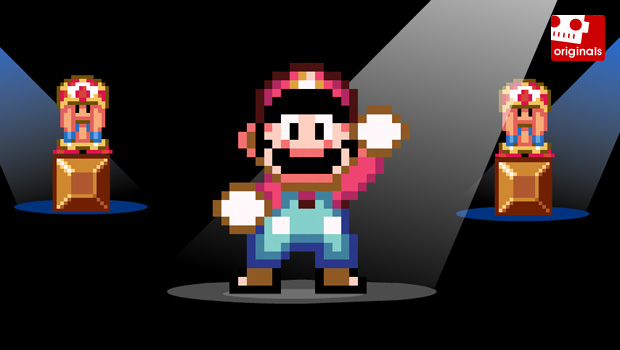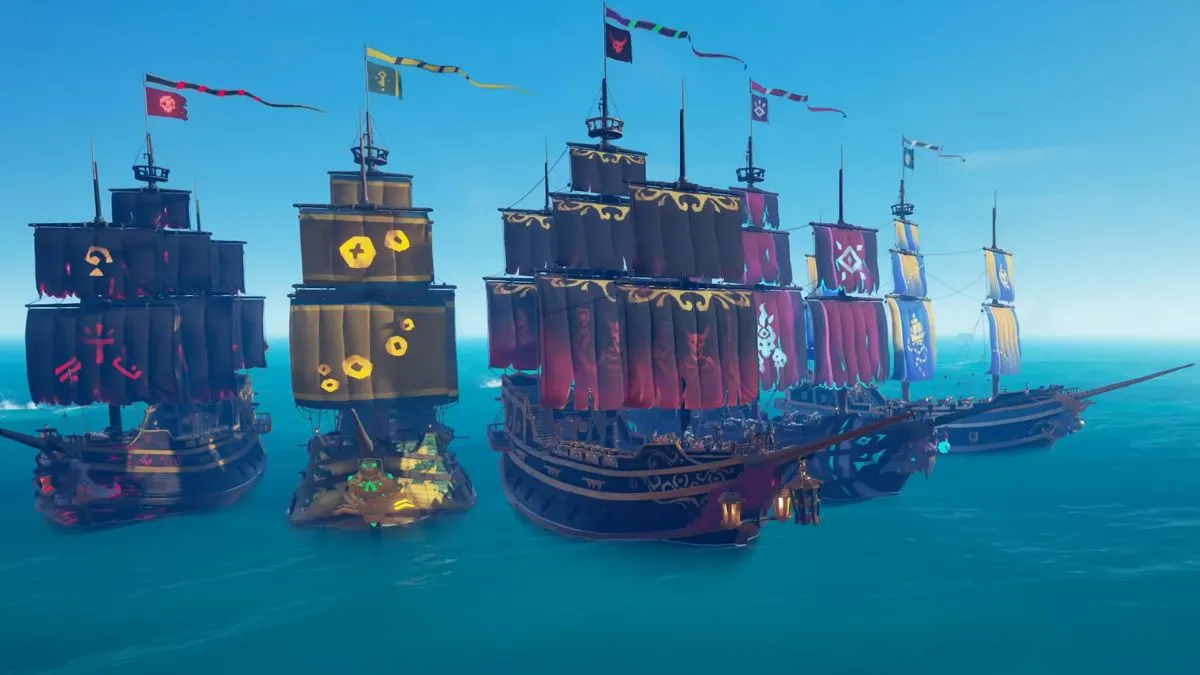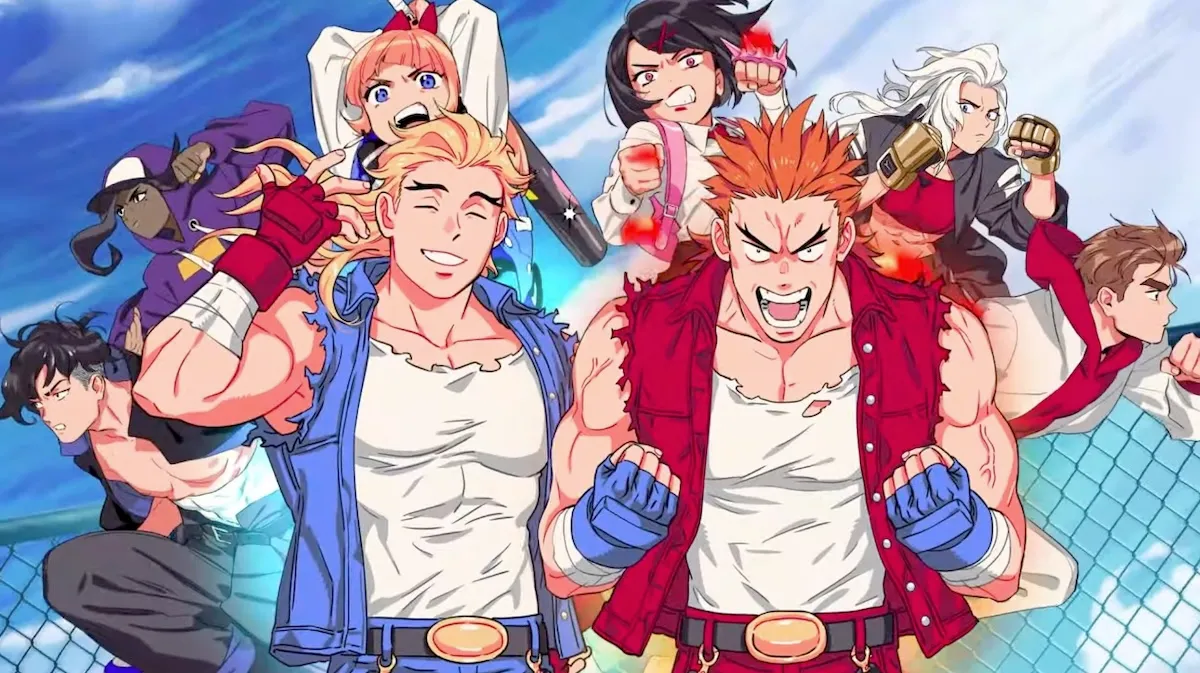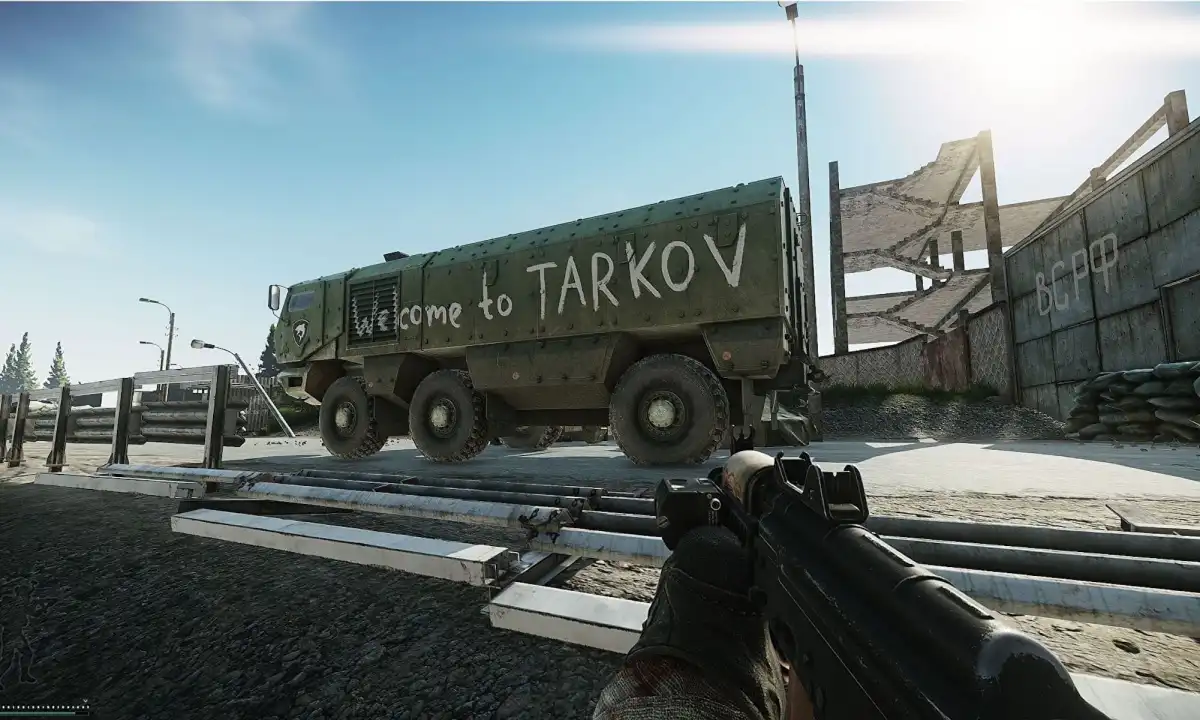[Offbeat Hall of Fame is a showcase of the cool, often bizarre products and media from years past that celebrate videogames and gamer culture.]
The Internet was a wildly different place at the turn of the century. Social media hadn’t taken off, file sharing services were all the rage, and anyone with 15 minutes to spare could make a tacky GeoCities or Homestead page. Can you remember a world without YouTube? Seems ages ago!
Arguably, the best form of web entertainment at the time was Flash animation. Flash cartoons literally exploded on the scene, covering every topic imaginable and lampooning every pop culture icon around. Whereas television was sanitized for mass media consumption, these web toons were raw labors of love. For gamers, there was nothing quite like a good Flash spoof of a beloved gaming classic. That’s where animator Randy Solem came in and ran with the concept.
Randy was one of the pioneers of sprite animation, short films assembled using art assets from old videogames. Randy’s pet project, Video Game Director’s Cuts, may single-handedly be responsible for the sprite film trend. Whatever you may think of sprite films today, they were a realization of childhood desires to see our squeaky-clean gaming heroes’ getting into some rather twisted situations.

I think I can trace my discovery of Video Game Director’s Cuts to my Emergent Computer Technologies class in high school. The course was meant to introduce students to various crucial applications and web design software like the Macromedia suite. A few projects required us to make short films in Flash, sparking my interest in Flash cartoons. The best movie that anyone from my class made was a Hanukkah-themed video starring “Hebrew Man,” an NES Mega Man sprite with a slightly larger head. I thought it was pretty cool how he was able to incorporate videogame assets into his project, and it made me wonder if others had done the same.
One day, I stumbled across a site called “Videogamedc.com.” On the front page was a banner for the site’s latest release, “Mack Daddy Mario 2.” What in the blue hell, I thought to myself. Here’s Mario in his Super Mario World sprite form, bustin’ a groove on the dance floor to Cool C’s “Glamorous Life” while a Koopa Troopa DJ works the turntables. I don’t remember those poses and animations ever being in a Mario game! This is amazing! I was immediately hooked and dove right into the site’s back catalog.
Since 2000, Randy Solem had been churning out quickie cartoons based on NES, SNES, and Genesis games of his youth. Looking back at some of those earliest works today, it’s shocking how primitive they were. Just take a look at his very first movie, “Mario Gets Lucky,” and note the jankiness and general lack of polish. The same goes for other videos like “Zelda: Episode 1” and “Mega Man’s Revenge.” By today’s standards, they aren’t anything special, but you’ve got to realize that very few folks were making these kinds of movies back then.

VGDC came at just right time. Emulators had been around for a few years, and with the tools of a personal computer at their disposal, folks were able to take direct screen grabs and pull art objects for use in other artistic endeavors. It was only natural that someone would have the idea of taking those assets and making videos. Randy wasn’t the first guy to do this, but he was the most influential.
As he was posting these quickies to his website, he was also uploading them to the Flash repository Newgrounds to grab its wider audience. Soon, copycats would emerge, and eventually, other animators would challenge Randy’s output in terms of quality and ambition. It’s not hard to see how sprite animation would be so appealing. Making your own art is difficult, and not everyone has the chops to produce something aesthetically pleasing. Sprites, on the other hand, are ready-made and have the added bonus of tickling that nostalgia bone.

In fact, I would go as far as to say that using sprites is a great way to introduce budding Flash animators to the software. Sprites are already broken down by their individual animation frames, so all a user has to do is to arrange the frames in the proper order and drop them into the timeline. You can then compare the fluidity and speed of your animation to the animation of the source game in order to tweak your settings to match.
VGDC was an inspiration to me as well. Those shorts made me want to continue studying Flash outside of the classroom. Unfortunately, like most of my pursuits, I never made it far before losing interest. At the very least, I was able to apply my skills towards a couple of college projects. Maybe I’ll share them with you cats one of these days.

Back to the movies, something you’ll notice about a lot of them is that Randy had a penchant for scat and other shocking or gross-out humor. This is apparent in “Mario Finds Bad Plumbing,” “Moonwalker,” “A Boy & His Blob,” and others. Juvenile? Of course. This would definitely be a turn-off for some people, but again, you have to think back to the landscape when these movies were made.
Ten years ago, there wasn’t yet the mass influx of “mature” depictions of classic videogames. There was still this aura of “purity” around those games, but there was also that little voice in all of us that wondered what the Mushroom Kingdom would be like if it was just a tad bloodier. Then you see a video of Sonic the Hedgehog running headlong into a spinning death fan, and the stark contrast between those deep, dark desires and the surface realities elicits a smile and maybe a laugh. Potty humor and extreme violence were like gateway drugs into this topsy-turvy world of videogame parodies.

That’s not say that all VGDC films were full of raunch and gore. I already mentioned “Mack Daddy Mario 2,” the second in a three-part series (plus bonus spin-off), where Randy exercised some artistic creativity in editing the Mario sprite to make him appear as though he was dancing. There were also the light-hearted “Kid Icarus” and “Zelda: Lean Link” videos based off of a pair of SoBe radio commercials.
What truly propelled VGDC into stardom was “Mario Vs. Sonic,” the grand showdown ten years in the making. When this movie was released in August 2001, Sonic hadn’t made his GameCube appearance with Sonic Adventure 2 Battle. He was still the cool blue dude who hadn’t yet been neutered by a string of low-quality garbage. The animosity between Mario fans and Sonic fans was as boiling as ever, and everybody was out for blood. This is the match-up that gamers had dreamed about for years!

“Mario Vs. Sonic” was a different beast compared to Randy’s other films so far. It wasn’t a quickie parody but an action-charged extravaganza. It was full of pizzazz, choreography, kung-fu, tide-changers, and more. Every sprite Flash since that features elaborate one-on-one confrontations owes credit to this. With four different endings (plus a special ending released the following year), there was an outcome to please fans of either side. Other sprite films have since surpassed “Mario Vs. Sonic” on the action front, but it remains one of my favorite Flash films of all time.
All this was a prelude to Randy’s magnum opus. The biggest event in VGDC history. A series of films so amazing that it scored appearances in gaming mags and even on G4’s Attack of the Show!
People, people… “Rise of the Mushroom Kingdom.”

“RotMK” is a four-part videogame drama that unfolded between August 2003 and March 2005. Unlike Randy’s previous videos, it wasn’t a parody or one-off joke. Instead, it was the culmination of his skills as an web animator into a tribute that honored the legacy of the Mario Bros. While other VGDC films don’t stand the test of time, “RotMK” is so rich and detailed that each individual episode remains some of the most impressive sprite films ever made.
Part 1 and Part 2 tell the tale of the Mushroom Kingdom’s revenge against the Koopa army. In the opening scene, Mario is ambushed by a volley of Bullet Bills and loses his life. Instead of the expected wink towards the viewers to remind them that death in videogames is but a momentary inconvenience, we are greeted by a grand funeral for the land’s fallen hero.

When I first saw this, I was shocked. Where’s the joke? This isn’t funny! This is kind of sad! I wasn’t expecting such a serious turn from the regular VGDC style, and it made me feel more than a little bummed out. Apparently, I wasn’t the only one who felt this way. Randy was actually contacted by a few mothers who were upset that Mario’s death made their children cry. That some jumble of pixels could evoke such an emotional response is proof that these videos are something special indeed.
Grieving for his lost brother, Luigi amasses a grand Toad and Yoshi army to storm Bowser’s fortress and take the Koopas out in one final, all-out war. While the foot soldiers battle it out on the castle grounds, Luigi sneaks through the castle to make his way to Bowser’s throne room for the showdown. Along the way, he makes use of the Tanooki Suit to disguise himself, infiltrates a Koopa rave, and takes a shortcut through the Minus World.

One of the best things about this series is all the references to not only to past Mario games but also to previous VGDC movies. One of the Yoshi’s uses a watermelon to spit seeds as in Yoshi’s Island, vine blocks are used as makeshift bridges across lava pits, and Luigi swings Bowser by the tail as in Super Mario 64. Then you have rabid Yoshis straight from “Yoshi’s Island 2,” the Koopa DJ from “Mack Daddy Mario 2,” and others.
And the set pieces! These aren’t simple cut-and-paste jobs, oh no! Randy took the foreground and background assets from Super Mario World and Super Mario All-Star and created all these massive original environments. You have the Toad village and funeral scene, then you have the interior of Bowser’s castle and the Toad village in the winter time. The objects were treated like LEGO bricks to construct this massive world that pays tribute to the source while also being so much more.

“RotMK” was supposed to end after two installments, but Randy was compelled to build off his cliffhanger ending. Part 3 and Part 4 propose that the first two episodes were a premonition meant to warn the Mushroom Kingdom of the true threat — Wart and the minions of Subcon. Desperate to prevent his vision from coming to pass, Luigi saves Mario from that fatal Bullet Bill volley at the cost of his own life. More a man of action than of strategic planning, Mario promptly heads to Subcon without waiting for the Mushroom Kingdom army to assemble.
Whereas Luigi acted like a ninja and avoided confrontation when necessary, Mario cuts a path right through the Subcon army, making for a much more action-packed adventure. There are even more Easter eggs than in the episodes prior, the Mario series references are more subtle, and the environments are as incredible as ever. The finale is warm and inviting, a fitting end to a fitting tribute to one of the best videogames series ever made.

After “RotMK,” Randy tried to shift gears and return to the quickie videos that made him famous. However, he was quite burned out by this time. Sprite films had become too ubiquitous, and you had to really put in a good effort to make them stand out. Simple fart jokes weren’t going to “cut the cheese” anymore, so to speak. After one final movie based on a background character from “RotMK 4,” Randy went silent.
He never officially stated that he had retired from making sprite films, but it seems like he’d rather let his contributions stand than try to squeeze more out of the concept, especially one that seems to have run dry. The only sprite films I regularly see being made these days are the Dorkly Bits shorts. Better to leave well enough alone, I figure.

If you want to check out his catalog of films, Newgrounds has collected them all on this page. You can also head on over to Videogamedc.com to check some behind-the-scenes info and unfinished movies, but years of neglect have left the site susceptible to intrusive ads and spyware. I wouldn’t advise going there unless you have a strong ad-blocker installed.
Video Game Director’s Cuts arrived at just the right time and injected offbeat humor into the games of yesteryear. These days, sprite films are typically seen as quick and easy, but there was a flourish that Randy Solem possessed that made other animators want to emulate him. Most of his movies aren’t all that fresh anymore, but I respect the man for bringing the language of games into the world of Flash.




